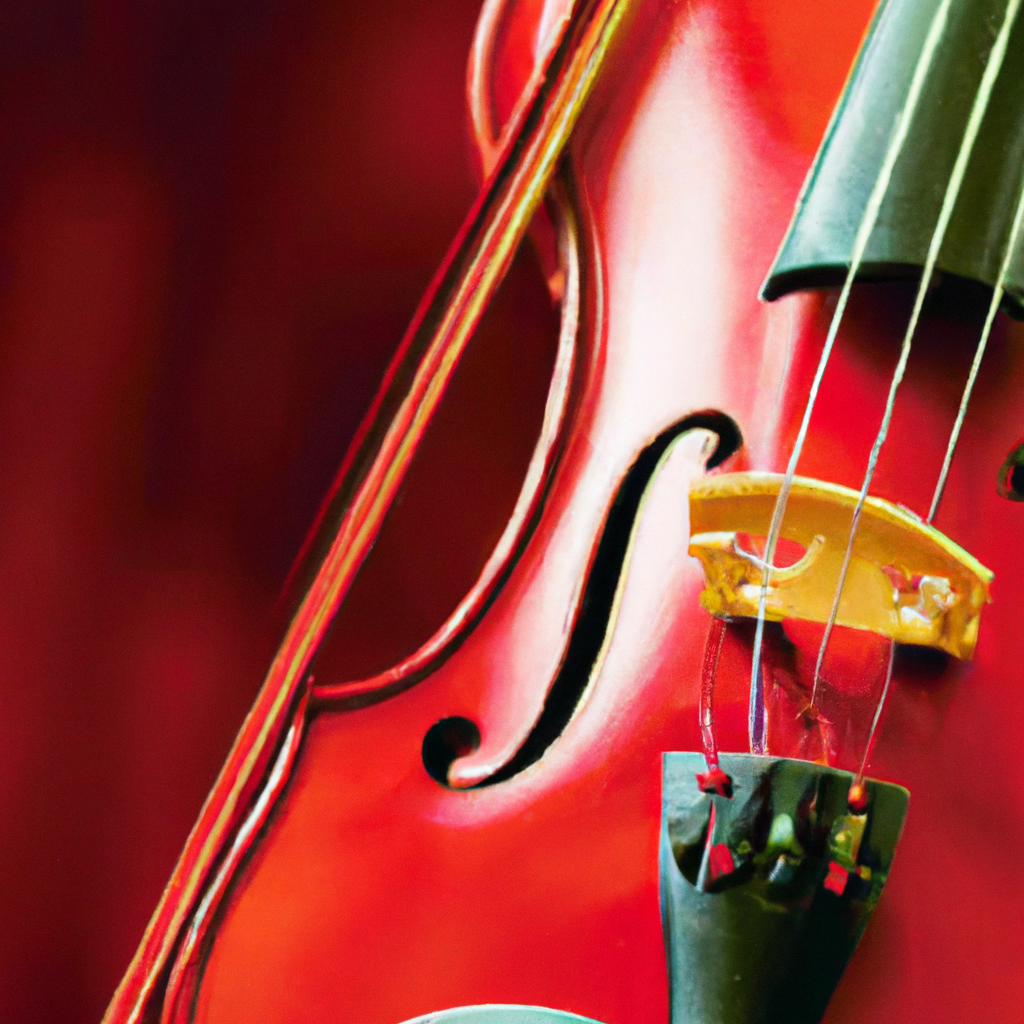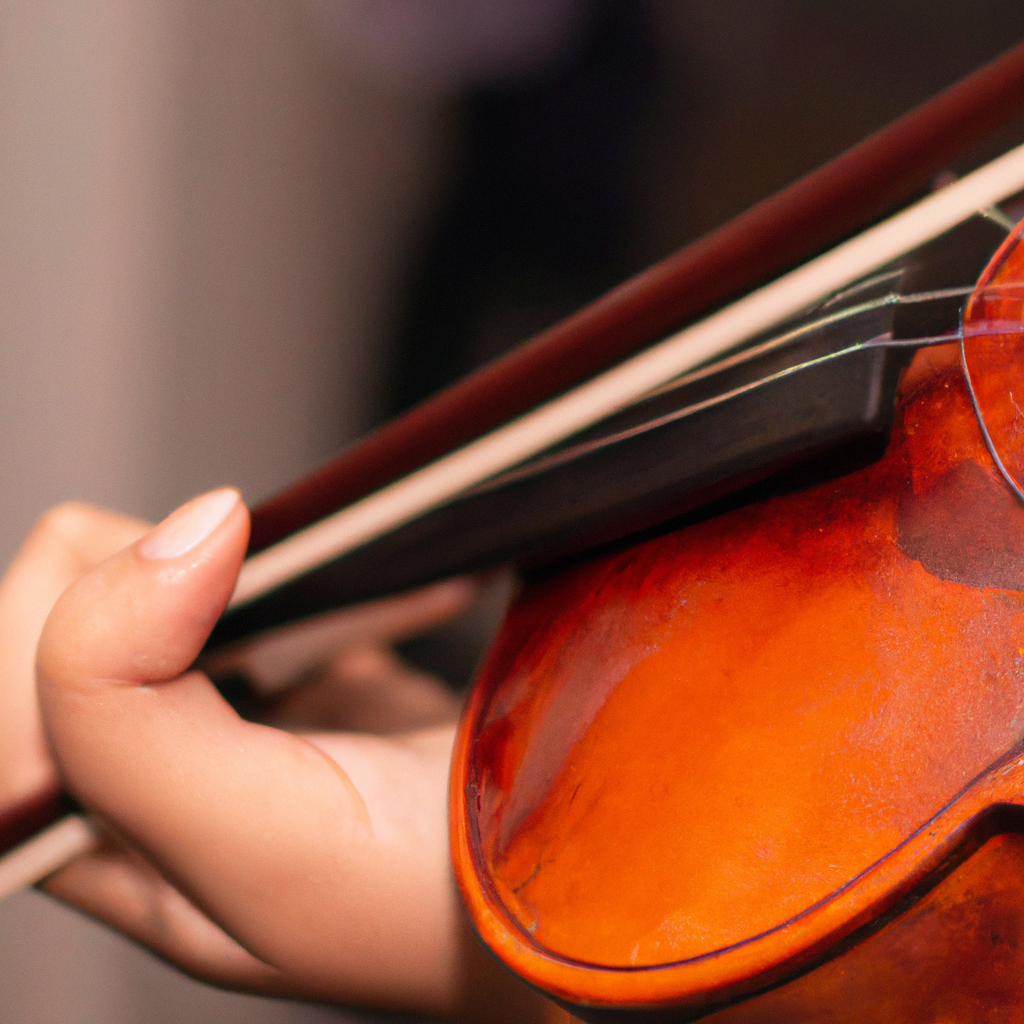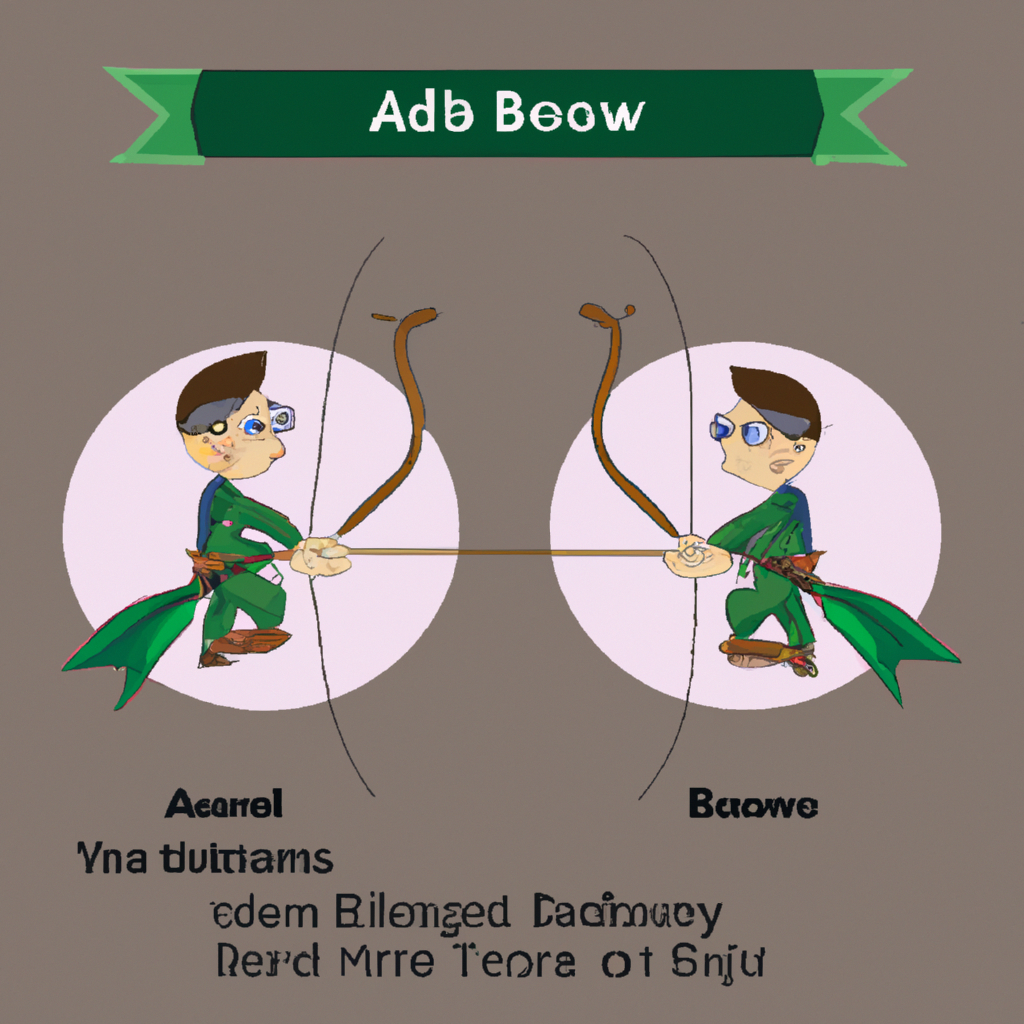
Playing the violin is a beautiful art form that requires precision and technique. One of the key elements in producing a beautiful sound is holding the bow correctly. The way you hold the bow has a significant impact on the sound quality and overall technique. In this article, we will explore the importance of holding the bow correctly and provide step-by-step instructions to achieve the perfect bow hold.

A. Holding the bow correctly is crucial for violinists of all levels. It affects the sound produced, the control of the bow, and the overall ease of playing. A proper bow hold allows for better sound projection, tone production, and precision in articulation.

B. Proper bow hold also prevents unnecessary tension in the hand and arm, minimizing the risk of injury and fatigue. It enables violinists to navigate various bowing techniques with ease, allowing for greater musical expression and versatility.

A. To achieve a proper bow hold, it is essential to understand the different parts of the bow. The bow consists of the frog, stick, and hair.

B. The frog is the bottom part of the bow, where the hand rests. It is usually made of wood or plastic and includes the bow screw, which tightens or loosens the hair. The stick is the long, slender part of the bow that holds the hair. The hair, typically made of horsehair, is what comes in contact with the strings to produce sound.
C. Each part of the bow has a specific function. The frog provides stability and support for the hand, while the stick provides flexibility and control. The hair, when properly rosined, grips the strings, allowing for sound production.
A. Before holding the bow, it is important to relax the hand, arm, and shoulder muscles. Tension can hinder the natural movement of the bow and affect the sound quality. Proper posture is also crucial, as it provides a solid foundation for holding the bow.
B. Warming up and stretching exercises for the fingers and hand muscles are beneficial before playing the violin. This helps to improve flexibility, finger strength, and coordination. Simple exercises, such as finger taps on a table or squeezing a stress ball, can be effective in preparing the hand for proper bow hold.
A. The correct hand position is crucial for achieving a proper bow hold. The fingers should be curved and relaxed, with the thumb and pinky finger playing a vital role in achieving a balanced bow hold.
B. The thumb acts as a pivot point and provides support for the bow. It should be placed in the middle of the frog, slightly bent, and resting on the inside pad of the thumb. The pinky finger should be curved and positioned on the top of the bow, opposite the thumb. It helps to balance the bow and maintain control.
C. To achieve the basic bow hold, follow these steps: 1. Start with an open hand, fingers relaxed and slightly curved. 2. Place the frog on the inside pad of the thumb, aligning the thumb with the stick of the bow. 3. Curve the index, middle, and ring fingers around the bow stick, with the pads of the fingers touching the stick. 4. Rest the pinky finger on top of the bow stick, opposite the thumb, maintaining a curved shape. 5. Ensure that the hand is relaxed and the grip is neither too tight nor too loose. 6. Practice holding the bow in this position, gradually increasing the duration to build strength and muscle memory.
A. Beginners often make common mistakes in holding the bow. Some of these include gripping the bow too tightly, collapsing the thumb, or not curving the pinky finger.
B. Improper bow hold can negatively impact sound production and technique. Tension in the hand and arm can restrict the bow's movement and result in a harsh, uneven sound. Inconsistent bow control can make it challenging to execute various bowing techniques and dynamics.
C. To correct these mistakes, it is important to focus on relaxation and maintaining a balanced grip. Regular self-checks and adjustments can help in identifying and correcting any issues with the bow hold.
A. Developing control and flexibility in bowing technique takes time and practice. It involves exercises and drills specifically designed to enhance bow control.
B. Some exercises to improve bow control and flexibility include: 1. Long bow strokes: Start with slow and controlled long bow strokes, focusing on maintaining a consistent sound and bow speed. 2. Spiccato: Practice bouncing the bow off the strings using an articulated wrist motion, allowing for greater control and precision. 3. Detaché strokes: Practice smooth and connected bow strokes, keeping the bow in contact with the strings while maintaining a consistent tone. 4. Staccato: Practice short and separated bow strokes, emphasizing the release of the bow after each note. 5. Scales and arpeggios: Incorporate scales and arpeggios into your practice routine to improve finger and bow coordination.
A. While the basic bow hold is commonly used, there are advanced bow hold variations, such as the Russian or Franco-Belgian bow hold. These variations offer different advantages and disadvantages.
B. The Russian bow hold, for example, allows for a more relaxed and flexible hand position, enabling greater control and speed. The Franco-Belgian bow hold, on the other hand, provides a more stable and powerful grip, suitable for producing a rich and full tone.
C. Each bow hold variation is associated with specific techniques. It is important to explore and understand these techniques to further enhance your playing and expand your repertoire.
A. Maintaining the bow hold can sometimes present challenges. Common problems include tension, fatigue, or discomfort in the hand and arm.
B. To address these issues, it is important to regularly check for tension and make necessary adjustments. Taking breaks during practice sessions, stretching, and massaging the hand and arm can help alleviate fatigue and discomfort.
A. Achieving a proper bow hold requires developing muscle memory. Muscle memory is the ability to perform a specific movement without conscious effort.
B. To develop muscle memory for the bow hold, it is important to practice consistently and incorporate exercises that specifically target finger dexterity, finger independence, and bow control.
A. The bow hold plays a crucial role in sound production on the violin. It directly affects the bow's contact with the strings, articulation, dynamics, and expression.
B. A proper bow hold allows for a smoother, controlled sound production. The right amount of pressure applied to the strings, combined with the proper angle and speed of the bow, contributes to a rich and resonant tone.
A. Maintaining a consistent bow hold during practice sessions is essential for progress and improvement.
B. Some tips for maintaining a proper bow hold include: 1. Regularly check for tension and make necessary adjustments. 2. Take breaks during practice sessions to prevent fatigue. 3. Practice with a mirror to self-check the bow hold and ensure proper positioning. 4. Seek guidance from a qualified violin teacher to provide feedback and guidance.
A. Practical exercises can reinforce the correct bow hold technique and improve overall proficiency.
B. Some exercises for bow hold include: 1. Finger dexterity exercises: Use finger exercises, such as finger taps or piano finger exercises, to improve finger strength and flexibility. 2. Finger independence exercises: Practice lifting and lowering each finger independently, while maintaining a balanced bow hold. 3. Bow control exercises: Practice various bowing techniques, focusing on control and consistency of sound.
A. Can I modify the bow hold to suit my hand shape and size?
Yes, it is possible to make slight modifications to the bow hold to suit individual hand shapes and sizes. However, it is important to maintain the fundamental principles of a balanced and relaxed bow hold.
B. How long does it take to develop a proper bow hold?
The time required to develop a proper bow hold varies from individual to individual. It depends on factors such as hand coordination, muscle strength, and regular practice. With consistent effort and guidance, a proper bow hold can be achieved over time.
C. Are there any specific exercises to improve finger strength for bow hold?
Yes, exercises such as finger taps, piano finger exercises, and finger independence drills can help improve finger strength and control for a proper bow hold.
D. Can I switch bow holds after learning the basic technique?
While it is possible to switch bow holds after learning the basic technique, it is important to seek guidance from a qualified teacher. Switching bow holds requires relearning certain aspects of the technique and may require time and adjustment.
E. Are there any recommended resources for further learning about proper bow hold?
There are many resources available, including books, online tutorials, and instructional videos, that provide detailed guidance on proper bow hold techniques. It is recommended to consult with a qualified violin teacher for personalized instruction and guidance.
By understanding the importance of holding the bow correctly while playing the violin, and following the step-by-step instructions provided, you can develop a proper bow hold that enhances your sound quality, technique, and overall musical expression.
For more information about proper bow hold and other violin-related topics, visit https://bannhacflamenco.net/cho-thue-ban-nhac/luom-lat-tin-do-day/.